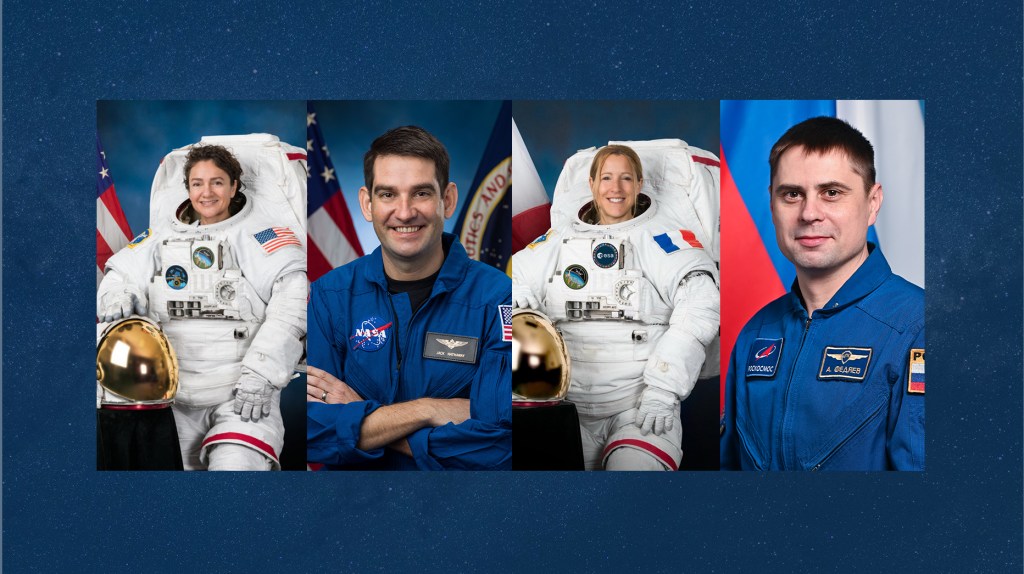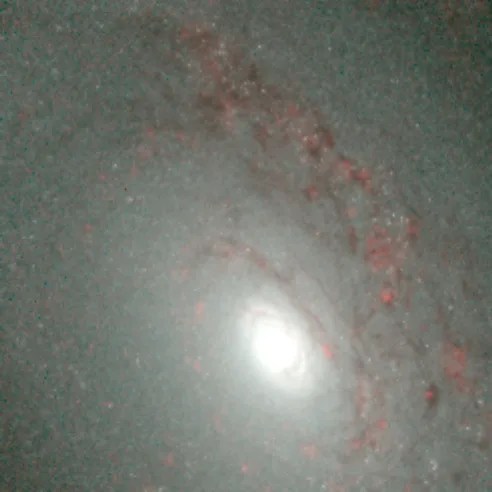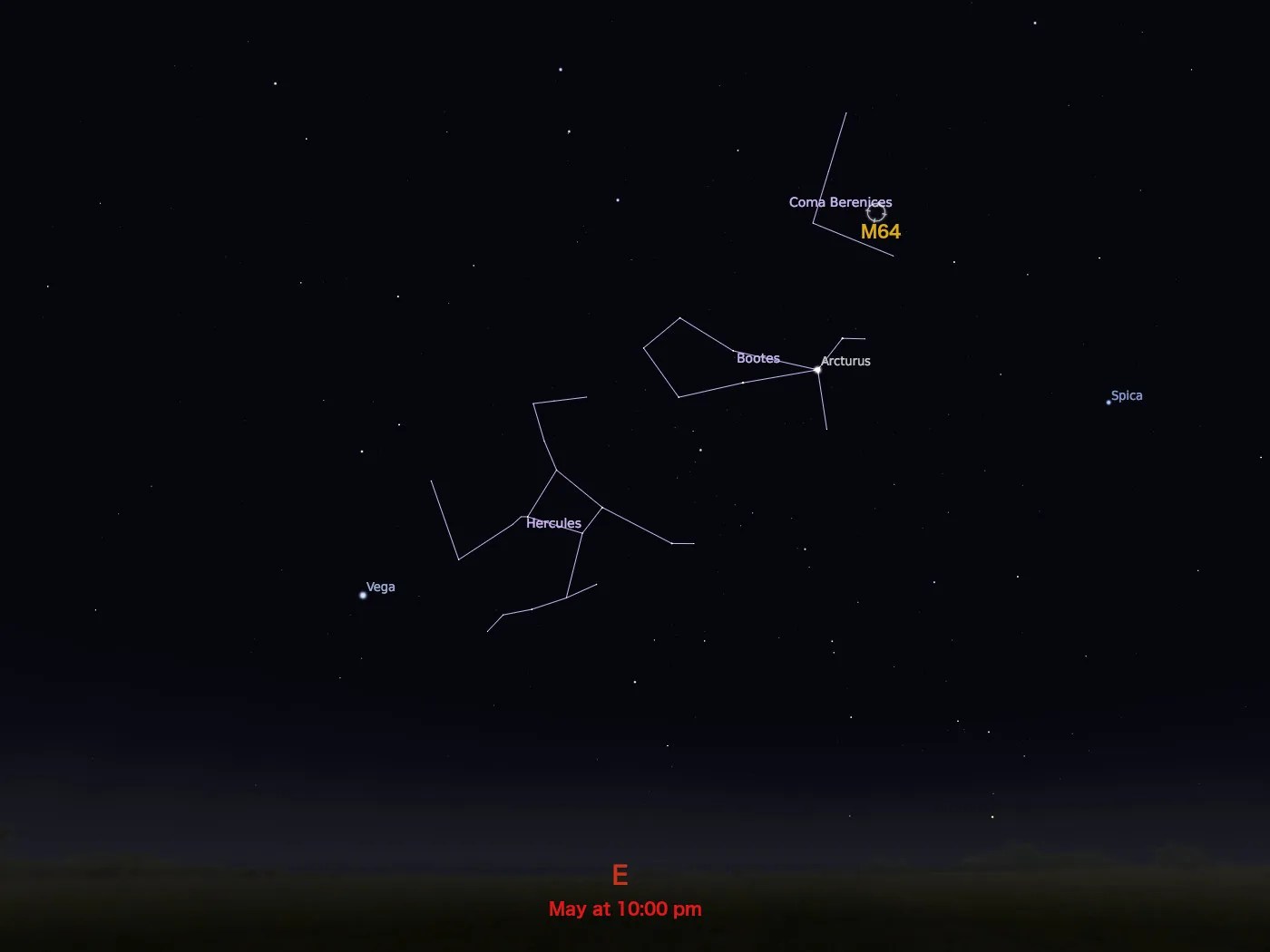Messier 64
This dusty galaxy is also known as the "Black Eye" or "Evil Eye" galaxy.
Distance
17 million light-years
Apparent Magnitude
9.8
constellation
Coma Berenices
object type
Spiral Galaxy
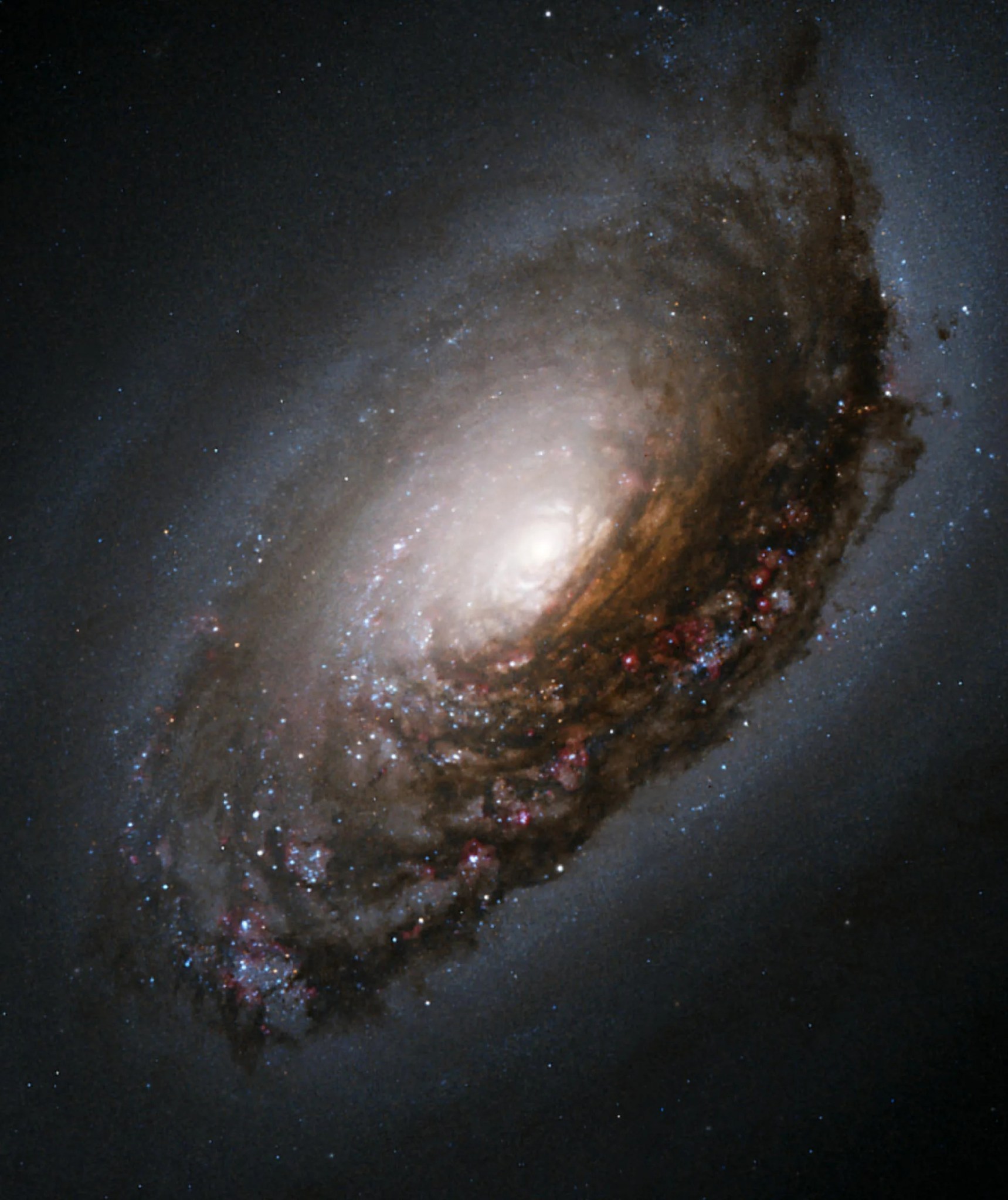
Easily identified by the spectacular band of dark dust that partially obscures its bright core, Messier 64, or the Black Eye Galaxy, is characterized by its bizarre internal motion. The gas in the outer regions of this spiral galaxy is rotating in the opposite direction from the gas and stars in its inner regions. This strange behavior may be the result of a merger between M64 and a satellite galaxy over a billion years ago.
New stars are forming in the region where the oppositely rotating gases collide, are compressed, and then contract. Particularly noticeable in this stunning Hubble image of the galaxy’s core are recently formed hot, blue stars and pink clouds of glowing hydrogen gas that fluoresce when exposed to ultraviolet light from the newly-formed stars.
English astronomer Edward Pigott first spotted M64 in March of 1719, just 12 days before German astronomer Johann Elert Bode, and roughly a year before Charles Messier independently rediscovered it in March of 1780. The galaxy is located 17 million light-years from Earth in the constellation Coma Berenices. The best time of year to look for the Black Eye Galaxy is May. Its apparent magnitude of 9.8 requires a moderately sized telescope and dark sky site.
For more information about Hubble’s observations of M64, see:
Explore Hubble's Messier Catalog
The following pages contain some of Hubble’s best images of Messier objects.

Overview The Messier catalog, begun by astronomer Charles Messier in the 18th Century and revised over the years, includes some…

Better known as the Crab Nebula, Charles Messier originally mistook Messier 1 for Halley’s Comet, which inspired him to create…
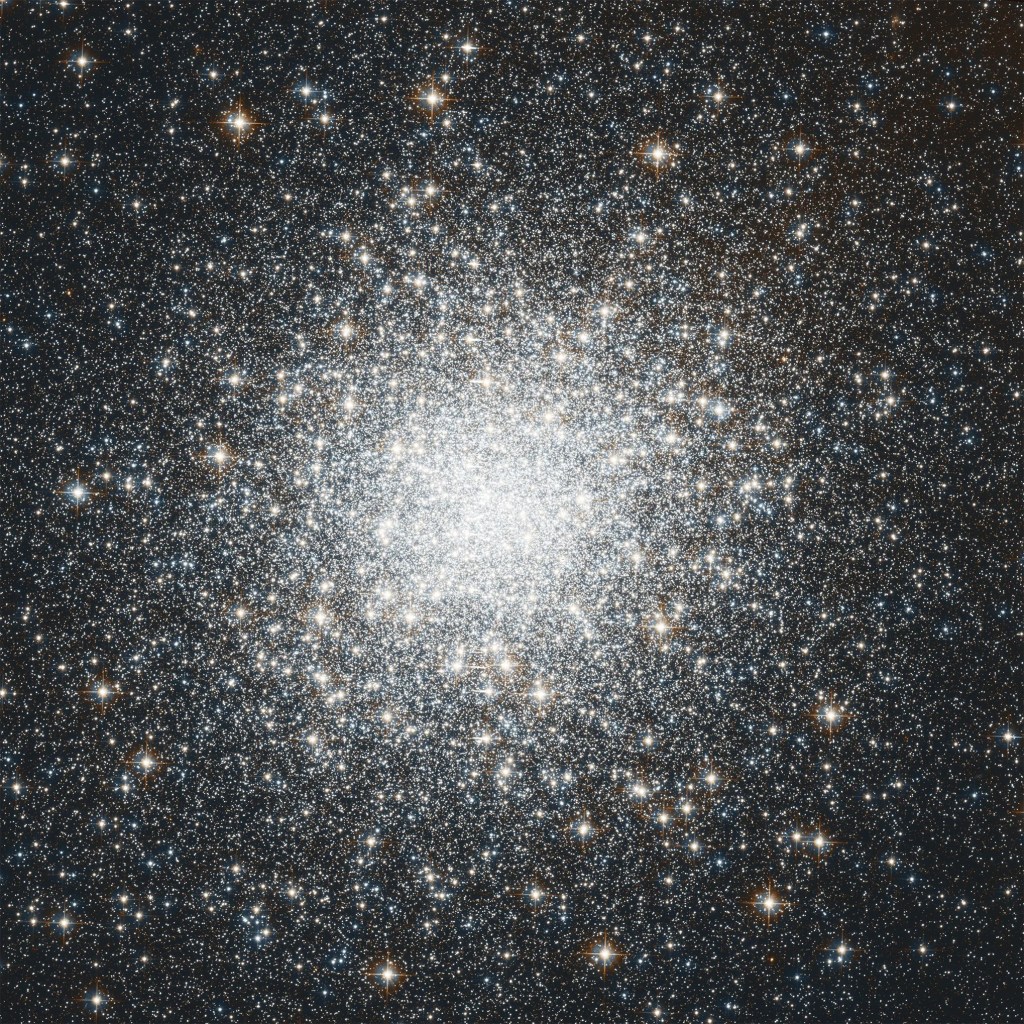
Hubble's image of Messier 2 is comprised of visible and infrared wavelengths of light.






